-
×
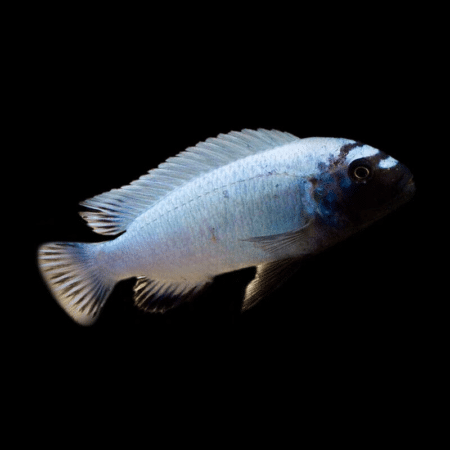
-
×

-
×

-
×

-
×
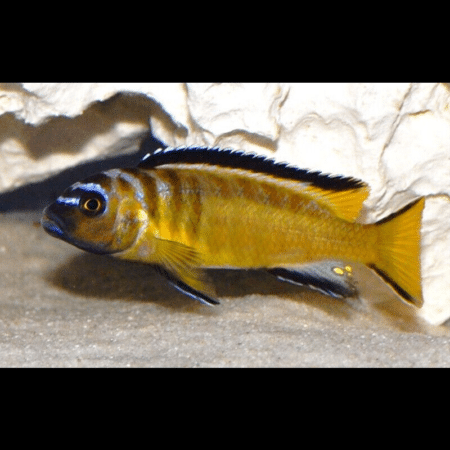
-
×

-
×

-
×

-
×

-
×

-
×

-
×
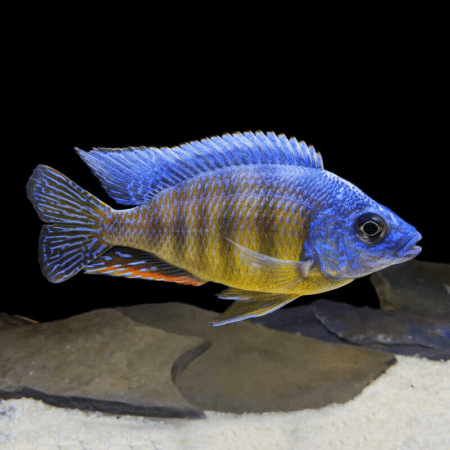
-
×
 Assorted Colour Vampire Crab Geosesarma Sp 2-3Cm
1 × £8.71
Assorted Colour Vampire Crab Geosesarma Sp 2-3Cm
1 × £8.71 -
×
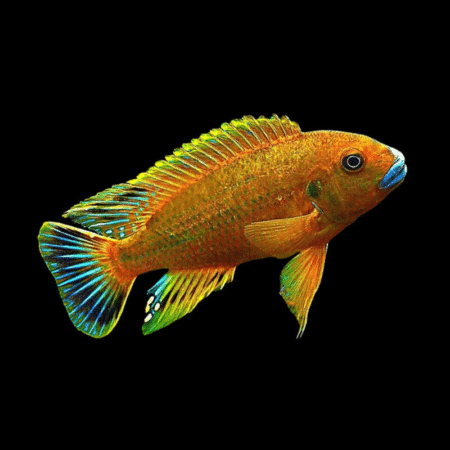
-
×

-
×

-
×

-
×
 Golden Eyes Vampire Crab - Geosesarma Sp. - Decapod Crustacean
1 × £8.71
Golden Eyes Vampire Crab - Geosesarma Sp. - Decapod Crustacean
1 × £8.71 -
×

-
×

-
×
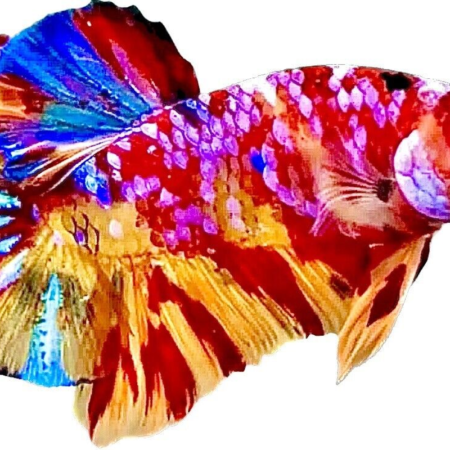
-
×

-
×

-
×
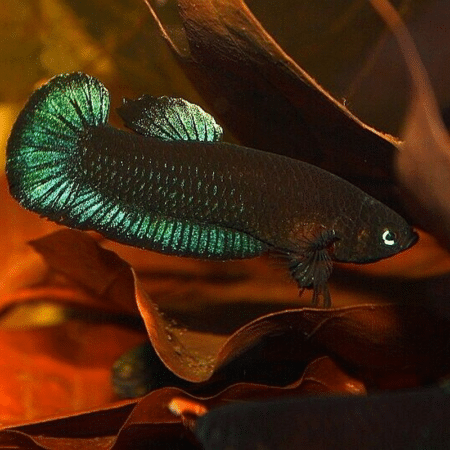
Subtotal: £456.79



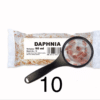
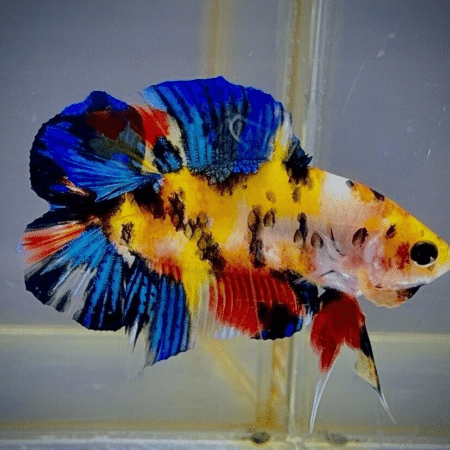
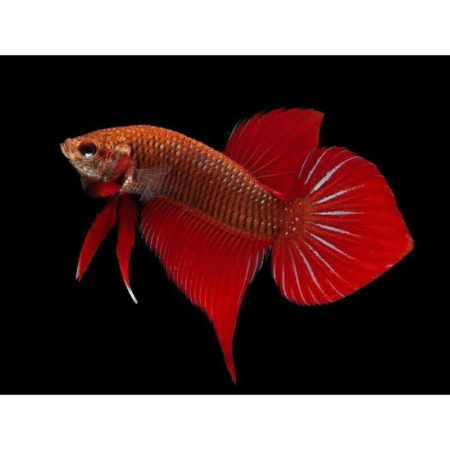




Emily Carter (verified owner) –
As a passionate fish parent, I’m always on the lookout for high-quality food that my betta fish will love. After using these 10 x 90 ML Live Jumbo Bloodworms for the past two weeks, I can confidently say they’ve quickly become a staple in my aquarium feeding routine. The moment I dropped some into the tank, my betta, who can sometimes be a picky eater, was instantly captivated! He darted around and gobbled them up with enthusiasm. It’s heartwarming to see him so excited about mealtime.
These bloodworms are vibrant and healthy-looking, which reassures me about their quality. I’ve tried freeze-dried options before, but they just don’t compare in terms of liveliness and nutritional value. Plus, the packaging was excellent—everything arrived fresh and well-preserved.
If you’re an aquarium enthusiast or just starting out, I highly recommend these jumbo bloodworms for your betta fish or any other carnivorous species. Just a small tip: be mindful of how much you feed; these worms are quite rich! Overall, my fish’s health and happiness have noticeably improved, and I’ll definitely be repurchasing. Five stars all the way!